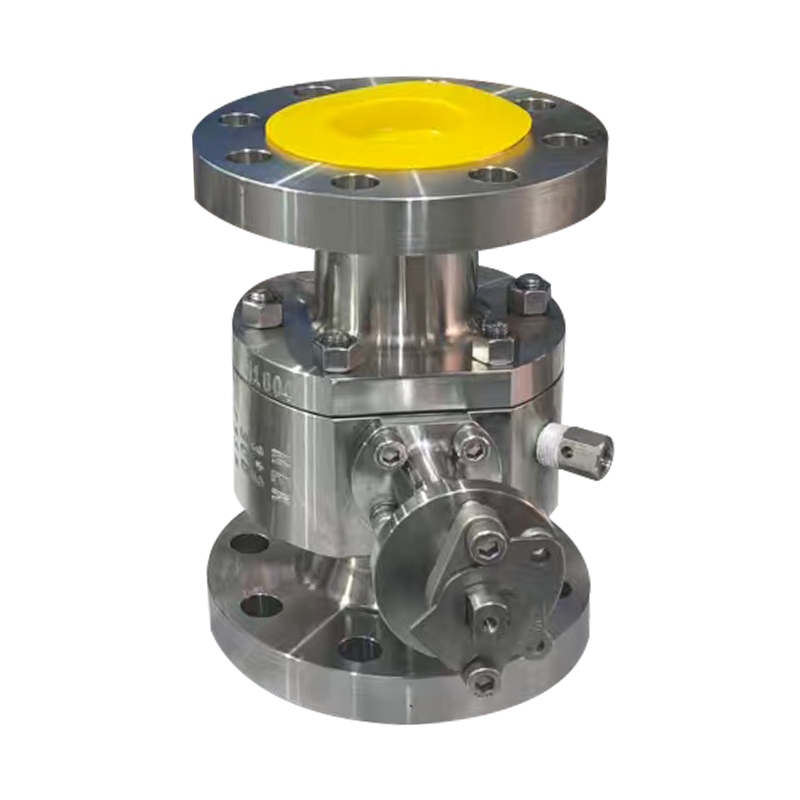
The three-piece brass float ball valve is a vital component in various fluid control systems, known for its compact design, serviceability, and, importantly, its reliable sealing capability. This type of valve is commonly used in plumbing systems, industrial tanks, and liquid level control applications, where maintaining a tight seal is essential for safety and efficiency.

The valve consists of three main parts: two end caps and a central body that houses the float-operated ball mechanism. Brass is chosen for its corrosion resistance, mechanical strength, and workability, making it ideal for applications involving water, air, or mild chemicals. The float mechanism operates automatically, responding to fluid levels to open or close the valve. This automatic operation minimizes manual intervention and reduces the chance of leakage caused by improper handling.
One of the defining features of this valve is its ability to maintain a tight seal under various operating conditions. The ball component, typically made of stainless steel or plated brass, is precision-machined to ensure a smooth and consistent surface. This ball fits snugly against soft seat materials—commonly PTFE or similar polymers—providing a secure shutoff even at low pressures. The sealing surface is designed to reduce friction and wear over time, enhancing durability and sealing performance.
Another advantage of the three-piece design is ease of maintenance. Operators can disassemble the valve without removing it from the pipeline, allowing for quick inspection or replacement of seals and internal parts. This design helps maintain long-term sealing effectiveness and reduces downtime.
The two-piece trunnion mounted ball valve is a robust and adaptable solution for controlling the flow of various fluids under a range of pressure conditions. Its design and construction enable it to perform effectively across multiple industries, including oil and gas, chemical processing, water treatment, and power generation.
This valve type consists of a two-part body housing a trunnion-supported ball. The trunnion design involves anchoring the ball at both the top and bottom, allowing it to withstand higher pressures without excessive movement. This configuration reduces the operating torque required to rotate the ball, making it more suitable for automation and large-diameter applications.
One of the key strengths of the two-piece trunnion mounted ball valve is its adaptability to different types of fluids. Whether handling liquids, gases, or slurries, the valve maintains effective flow control due to its stable support system and high-quality sealing components. Seats are often made from advanced polymers or composite materials that resist chemical corrosion and provide consistent sealing, even when exposed to aggressive media.
This valve's design accommodates a wide pressure range—from low-pressure water systems to high-pressure hydrocarbon pipelines. The trunnion support mechanism ensures the ball remains properly aligned, reducing the risk of seat damage or uneven wear. This design also allows for double-block-and-bleed functionality, enabling the valve to isolate both upstream and downstream pressure when closed. This is especially useful for maintenance and safety procedures.
Moreover, the two-piece body construction simplifies installation and inspection. It balances durability with accessibility, ensuring that internal components can be serviced without replacing the entire valve. This feature contributes to cost efficiency over the valve's lifecycle.

